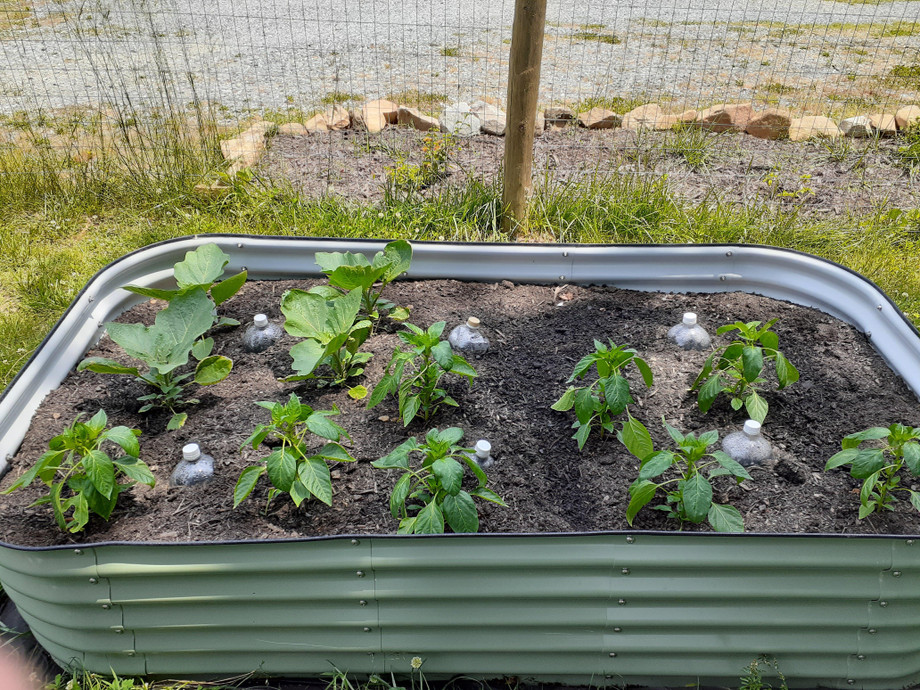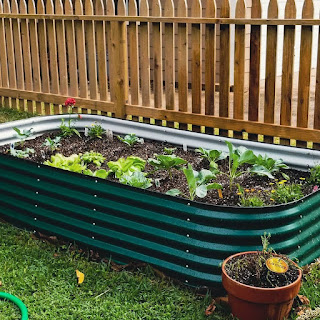Another Approach To Garden: Raised Nursery Boxes
Do you think about this new kind of planting? It is called raised nursery boxes and these are a type of plant where the dirt is framed in 1.0 - 1.2 meter wide beds, which can be of any length or shape. The dirt is raised over the encompassing soil (50cms to midriff high) frequently encased by an edge made of wood, rock or concrete and improved with fertilizer.
These beds can be utilized for quite a few plantings. They can contain vegetables, spices, blossoms or be made into formal nurseries. In view of the further developed soil conditions, more significant returns from vegetables are accomplished, there is the simple entry and better control of the nursery is conceivable. Raised nursery beds are great for youngsters, individuals with back issues, the debilitated and the older, as no twisting are required. The beds consider normal waste and worm development. Since the groundskeeper doesn't stroll on the raised beds, the dirt isn't compacted and the roots develop all the more without any problem.
At the point when you don't utilize a raised nursery bed, you are trying to plant your blossoms or vegetables into hard, low-quality earth. With a raised bed, your plants will appreciate great soil with every one of the supplements they need.
Raised nursery boxes can be fixed or impermanent so they can be moved whenever required. Consider the motivation behind this sort of bed, since this will decide the tallness. The reason for having the raise garden bed possibly for wheelchair access, as a planned highlight or to ward canines off. Recollect that various plants require various profundities. Spices will require just 10 - 12 cm, root yields, for example, carrots and beetroot will require a lot more prominent profundity.
These nursery beds or boxes ought to be developed of non-poisonous material. They can be of colorbond metal, wood, reused plastic or block or brickwork. A few concerns exist over the utilization of regarded pine for raised beds as this was generally treated with a poisonous substance blend for safeguarding wood that may drain synthetic compounds into the dirt which would then be able to be drawn up into the plants. This is of specific concern if the plants are vegetables. In the case of utilizing lumber, utilize just untreated hardwood to forestall the filtering of synthetic compounds into the dirt.
The main thing to think about when arranging a raised nursery bed is to pick a bright spot, one that gets eight hours of direct daylight day by day. Most plants flourish with direct daylight. Then, measure the raised bed (stature, width and length) and ascertain the limit. Then, at that point contact an arranging provider to sort out how much soil you will require and request that he supply it. The least expensive way is to develop your plants from seeds. The seed parcels give you headings about how profound to plant the seeds and how near one another.
The width of the nursery bed ought to be a safe distance if the bed is simply ready to be reached from one side. On the off chance that the bed can be reached from the two sides, the width ought to be two safe distances.
By utilizing loops of tubing, plastic or metal and either clear poly nursery plastic or shade material, you can make a smaller than expected greenhouse or shade house from your raised bed.
For simplicity of cultivating and more noteworthy yields of produce, raised nursery boxes offer a fine arrangement. The eager groundskeeper will be wonderfully astounded by the benefits he will find when he includes himself in this way of cultivating.
For More Info:- garden box


Quite informative. I really appreciate your work and the topics are also very innovative.
ReplyDelete